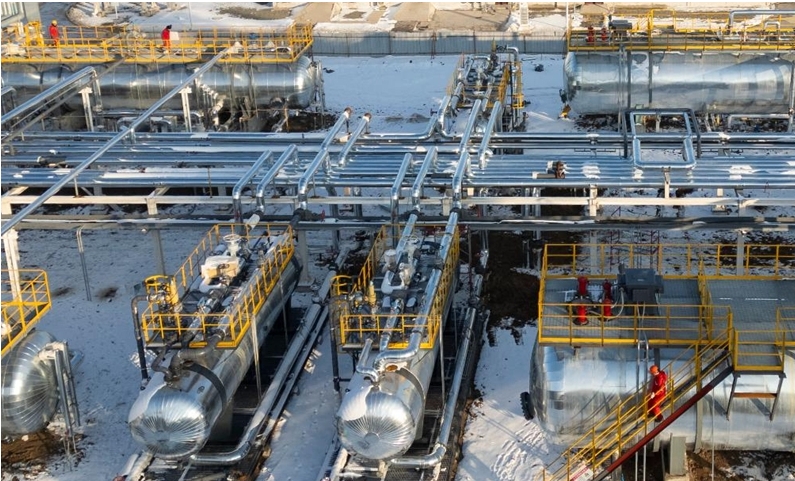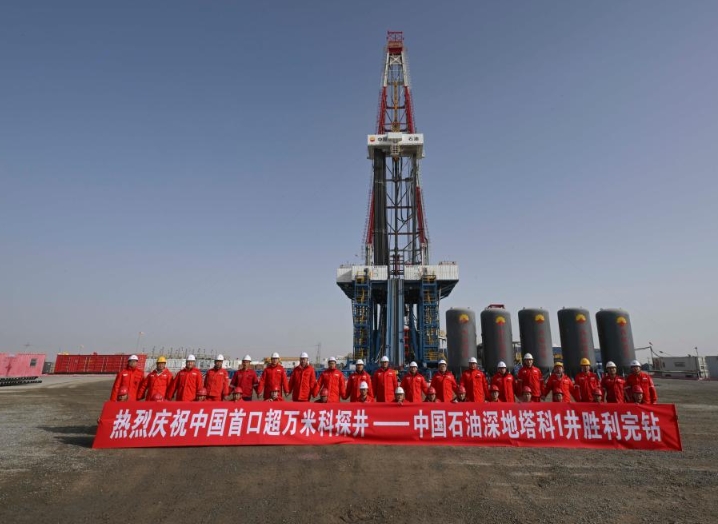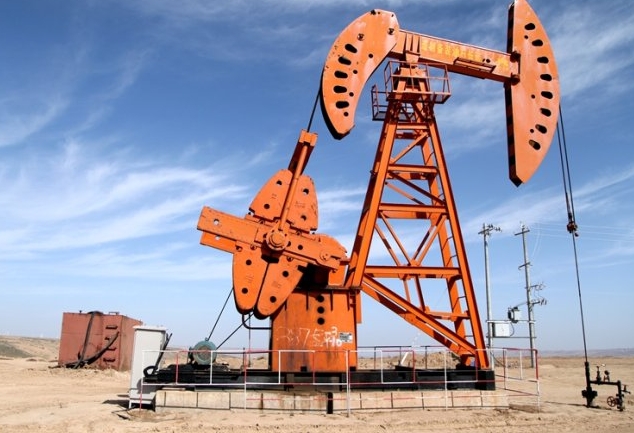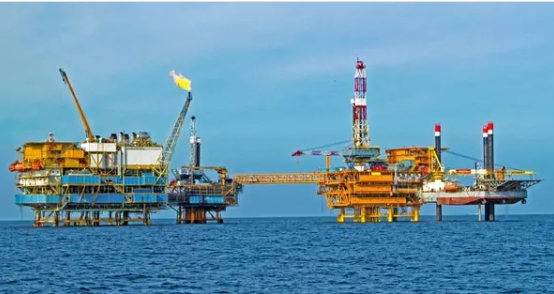The government has set a target to produce around 6,900,000 ton coal during the current fiscal year aimed at meeting energy needs of the country in an efficient manner.
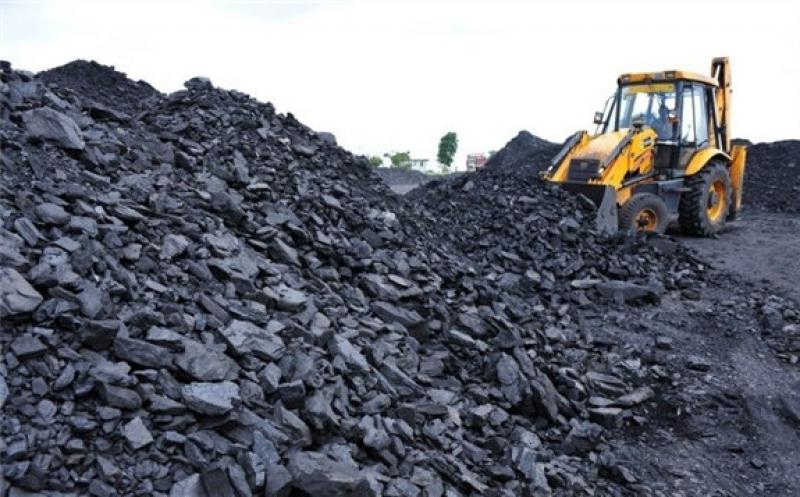
“There was a target of producing 3,800,000 ton coal in the last fiscal year, which had been achieved 100 per cent and for the current year the target has been increased to 6,900,000 ton,” a senior official privy to petroleum sector developments told APP.
He said local and imported coal had collectively around 19.2 per cent share in energy mix requirements of the country.
Commenting on a newly discovered coal deposits in Badin and adjoining areas of Southern Sindh, the official said geological experts were in process of compiling a technical report based on the initial analysis of samples collected from the field.
“The chemical analysis show the quality of coal is lignite, comparable with Thar coal quality,” he said, adding the project was prepared and being executed to discover the coal resources under alluvium cover in Badin and surrounding areas through drilling activities.
He said the thickness of coal seams ranging from 2.30 meters as thickest to 0.17 meters as the thinnest coal seam, adding a total of 78 coal seams had been encountered with a cumulative thickness of 52.01 meters.
“One sample from each seam has been taken for chemical analysis. Proximate chemical analysis of 78 collected coal samples have been completed through GSP [Geological Survey of Pakistan) chemical laboratory, Karachi office.”
Generally, he said the coal was encountered beyond 270 meters depth in the Bara Formation of Paleocene age. “Report appraisal documents for the compilation of technical report writing based on work done to date are in progress.” Through drilling activities, around 2,500 square kilometers of unexplored area had been thoroughly examined and the presence of coal in Badin and adjoining areas was confirmed.
The official said the explored block had been assessed containing 33.893 million tons (MT) proved, 305.082 mt indicated and 4219.498 million tons inferred coal reserves.
Experts believe that the project would enhance the national coal resources and have an appreciable share in the much-needed energy mix of the country.
Coal is primarily classified into four major categories, or ‘ranks’ like lignite, sub-bituminous, bituminous and anthracite. One of the most valuable contents of coal was the carbon which supplied most of its heating value.
He said efforts were being made for the exploration of tertiary coal in the Central Salt Range, Punjab aimed at meeting the growing domestic energy demand.
According to a report, geological investigations have shown that 186 billion tons of coal reserves exist in different parts of the country, which could be used as a primary and inexpensive source for power generation.
“More than 184 billion tons deposits are located in Sindh province, with Thar coalfield being the largest followed by Thatta-Sonda, Lakhra and Jhimpir. The coal is lignite to lignite-A to sub-bituminous B&C in character with an average heating value of 6000 BTU/lb.”

